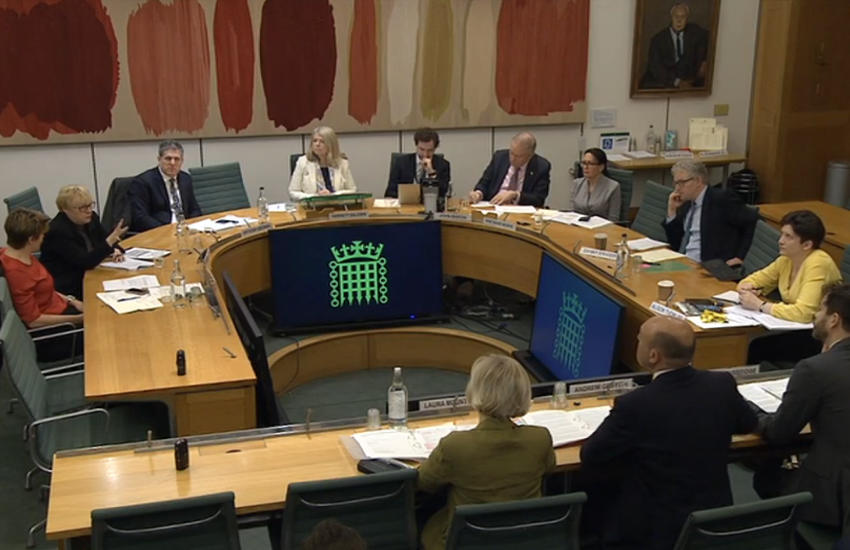Crunch time for crypto as investors consider SVB damages | Alternatives
With banks that had been a key source of funding for the cryptocurrency industry going bankrupt, questions are being asked about where crypto goes from here. Family investors interviewed by Asian investor feels the industry is at a crossroads.
The crypto exchanges and their customers made up a significant portion of Silicon Valley Bank’s (SVB) and Signature Bank’s deposit base, but any sense of camaraderie vanished as their weaknesses became apparent.
It’s the opposite of the so-called prisoner’s dilemma in game theory, said Singapore-based family office investor Edward Foo.
“The optimal outcome inherent in this state is ‘self’: to come out ahead of others and to the detriment of others. It is not based on an optimal outcome for all parties involved,” Foo said Asian investor.
“We are now in the age of instant messaging, and a bank operation is no longer what it was when people were queuing outside the bank,” said Hong Kong entrepreneur Timothy Tsui.
“The craziest thing is the speed of what just happened. When people get a group message saying this bank could go under, the first thing they do is log into their online bank and start transferring money immediately. This has never happened before.”
Influential industry players spoke to Asian investor revealed that they had received messages from friends who work at SVB saying: “Please ask your friends to bank with us, we are the best place to put your money now.” In theory they are right, because the government has stepped in to guarantee depositors, but it remains to be seen whether the money will return.
The ‘crypto winter’ of the past year, marked by the collapse of FTX, was a sign that the knives were out for crypto. This latest crisis has just added to the pile.
Horace Ma, director of Hong Kong family office Mardell Investments, was not significantly affected by the recent bank collapses, but he remains skeptical about the future of crypto in its current form.
“These crypto geeks always want a DeFi environment. But it’s unrealistic when every government in the world wants you to be responsible for every dollar you earn and own, to tax you. You won’t be able to secede from the fiat money system as long as you have a physical presence in this world, therefore all crypto money is fiat related and ultimately everything in the crypto world must also be taken care of in the fiat world.

Henry Chong, Fusang
Henry Chong, CEO of Fusang digital exchange, told Asian Investor, “It’s always been a question of how crypto interfaces with the real world.”
“It has always operated in a slightly parallel system. This latest crisis will bring this into focus even more. If crypto-technology is to be interesting, it must fully interact with our everyday lives. If it pretends to be a payment system, can I use it for payments? If I can’t, and in reality I always need to transfer back to, say, US dollars and local currencies to make payments, then it’s not really fulfilling that job.”
INVESTOR IMPLICATIONS
Foo’s view is that while probably only a handful of individuals truly have a full understanding of what happened at SVB and Signature, incidents like these don’t just happen.
“This kind of behavior is not isolated at all. Has anything really changed since 2008/2009? Similarities can be observed with the various scandals that happened just in the last 9 months within the crypto world.
“Critically, what does this mean for the private equity and venture capital world, particularly for those investors with a heavy concentration in technology?” He expressed concern about the effect on pension funds if contagion results in significant declines.
“The markets and economies are more interconnected than we care to admit.”
As BlackRock CEO Larry Fink noted in his annual letter to shareholders, issued this week, “Markets remain on edge. Will asset-liability mismatches be the second domino to fall?”
And possibly a third: “In addition to duration mismatch, we can now also see liquidity mismatch. Years of lower interest rates had the effect of causing some assets to increase their commitments to illiquid investments, trading lower liquidity for higher returns. There is a risk now of liquidity mismatches for these assets, especially those with leveraged portfolios.”
FUTURE OF CRYPTO
If the future doesn’t look bright for crypto, there is still room for the industry to pivot toward more meaningful integration, Chong said.
“In the last year, crypto has faced one crisis after another – two rounds of crypto winters, many institutions imploding, and now this whole banking situation which … has been tough for the B to C crypto industry. It’s a question now of say how we make it more efficient for the benefit of the financial industry.”
Fink believes the operational potential of some of the underlying technologies in the digital asset space could have exciting applications.
“In particular, the tokenization of asset classes offers the opportunity to drive efficiency in capital markets, shorten value chains, and improve cost and access for investors. We continue to explore the digital asset ecosystem, particularly areas most relevant to our customers, such as permissioned blockchains and equity tokenization and bonds.”
¬ Haymarket Media Limited. All rights reserved.


